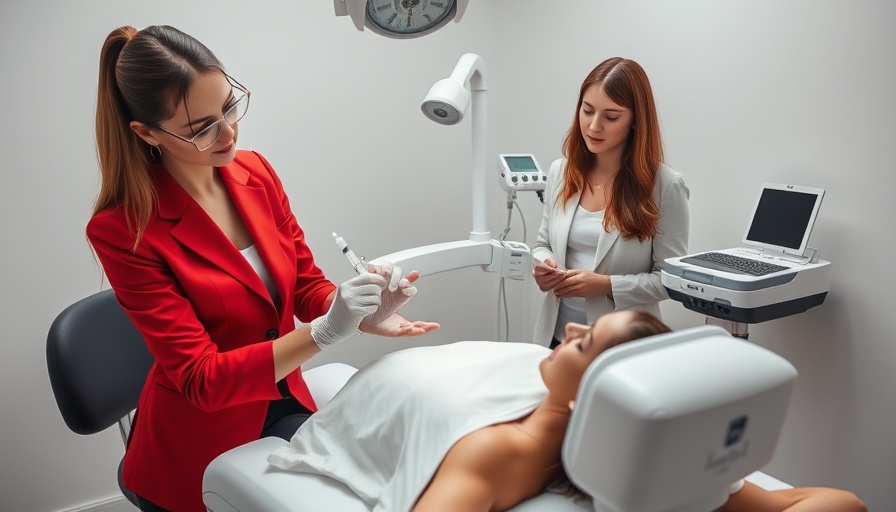
Unraveling the Secrets of Metformin: A Game-Changer for Aging
A recent groundbreaking study conducted by researchers from China and the U.S. has unveiled a remarkable potential of metformin, a medication primarily known for treating type 2 diabetes: it may slow down the aging process of various organs, including the brain. Through a comprehensive observation of cynomolgus monkeys, the study suggests that metformin could be a significant player in the battle against biological aging.
The findings, published in the esteemed journal Cell, demonstrate that monkeys administered metformin daily for an extensive 40-month period underwent noticeable biological rejuvenation. This rejuvenation included a remarkable regression of aging indicators—some monkeys experienced a regression suggesting they were six years younger.
The Mechanism Behind Metformin's Anti-Aging Effects
But how exactly does metformin achieve this impressive feat? Experts attribute metformin's effectiveness to its ability to enhance insulin sensitivity, reduce systemic inflammation, and promote cellular repair processes. These mechanisms are critical not only for those with diabetes but potentially for anyone looking to maintain their health as they age. Medical experts explain that the activation of the Nrf2 protein—a key element in safeguarding cells against oxidative stress—plays a vital role, particularly in preserving brain structure and improving cognitive functions.
Insights from the Study: What the Data Reveals
The study involved a thorough evaluation of the monkeys, including the collection of tissue samples and conducting physical and cognitive assessments. The researchers noted significant improvements across multiple organs, with the kidneys aging more slowly by an average of 4.9 years and lung tissues by 5.1 years. Surprisingly, skin aging was also found to regression, a testament to the interconnectedness of bodily functions and the pervasive influence of aging on overall health.
Most notably, the brain displayed significant signs of renewal. Every participant monkey demonstrated a reduction in age-related decline. This striking revelation opens new avenues for research as experts explore how such a readily available medication may aid in brain longevity, a vital factor for maintaining quality of life in older age.
Social Implications: Why This Matters to You
There is a growing interest in the holistic and aesthetic benefits that come from an aging population that appears and feels healthier. For women in particular, who often prioritize health and appearance, these findings present a compelling case. The potential for metformin to serve both health-related and aesthetic purposes may encourage an increased focus on preventative measures, reshaping societal views on aging.
Looking Ahead: The Future of Aging and Metformin
As we sit at the precipice of possible breakthroughs in gerontology, the implications of this study cannot be understated. Future predictions posit a surge in research on geroprotective medications that could redefine how we perceive aging and health maintenance. Not only could metformin become a cornerstone in diabetes management, but it might also be warranted as a staple complement to any holistic wellness regimen aiming to extend not just the lifespan but the healthspan.
What You Can Do Now
The revelation of metformin's potential extends beyond medical laboratories into consumer choices. Individuals interested in health and beauty should consult their healthcare providers to discuss the possibility of metformin's incorporation into their lifestyle. As always, informed decisions will yield the best outcomes.
Concluding Thoughts: Embrace the Possibilities
While further research is warranted to isolate metformin's long-term effects on aging in humans, the initial data encourages optimism among those keen on staying youthful and vibrant. This presents an exciting opportunity not just for the medical community but for individuals seeking effective pathways to delay the toll of aging. Embracing advancements in medicine and being proactive about one's health can yield transformative results in the quality of life as one ages.
 Add Row
Add Row  Add
Add 




Write A Comment